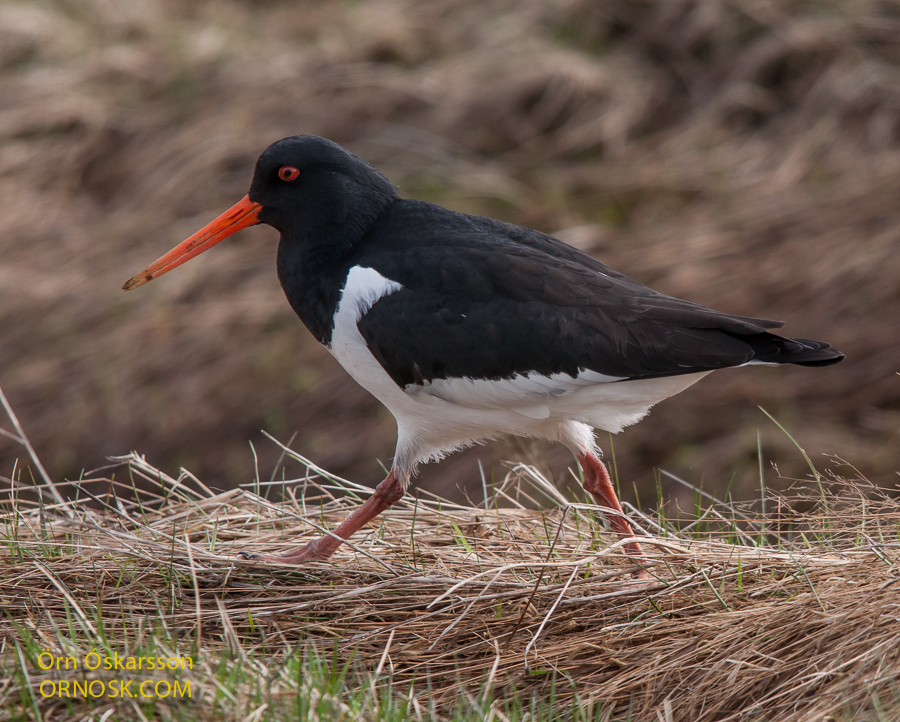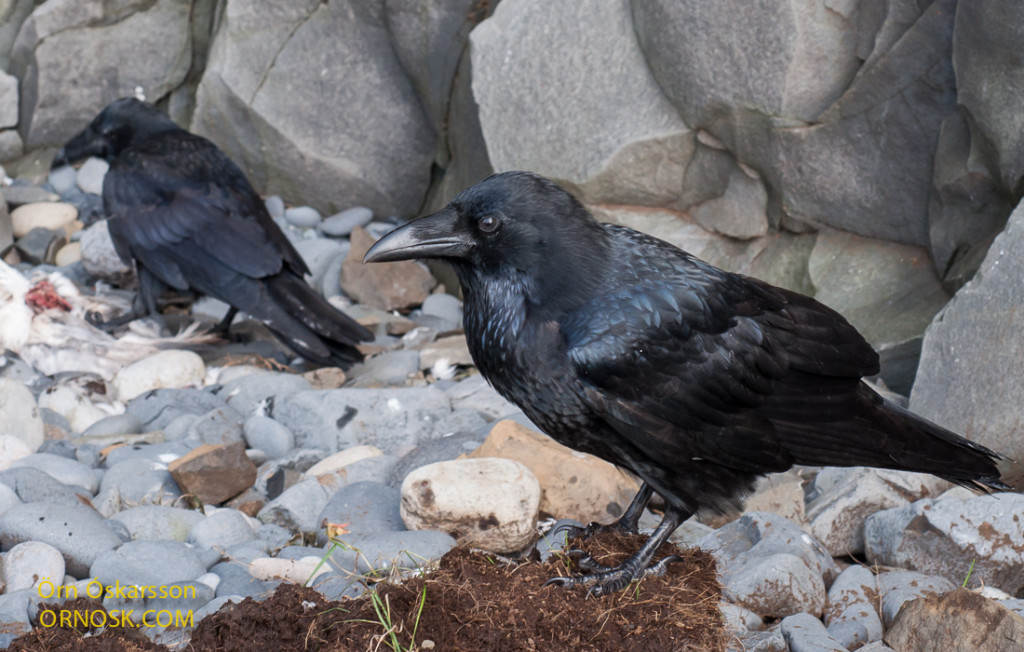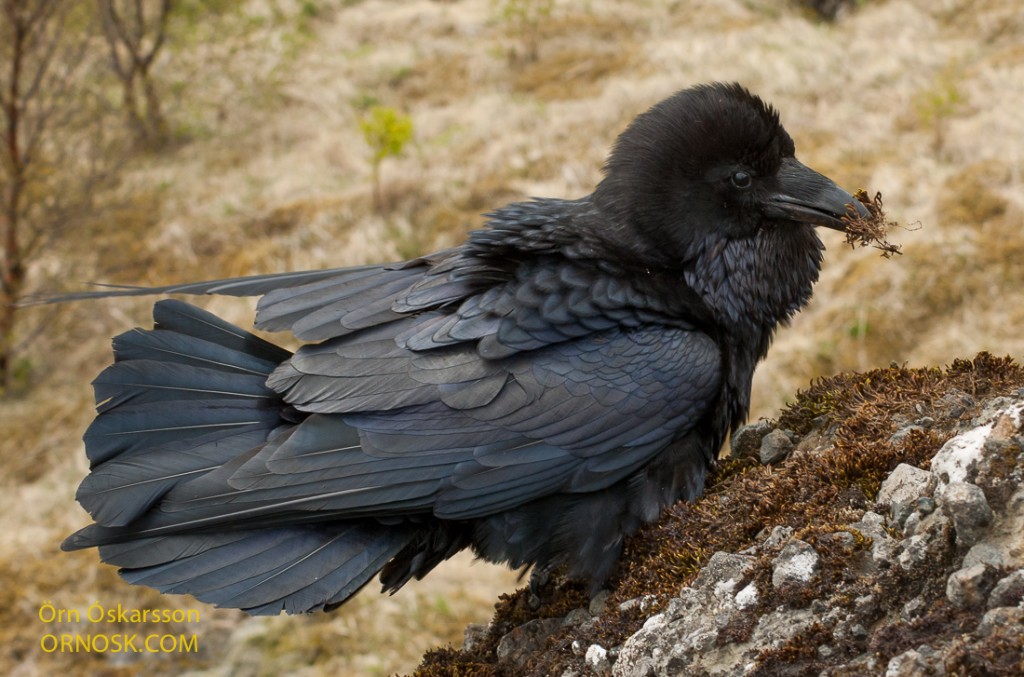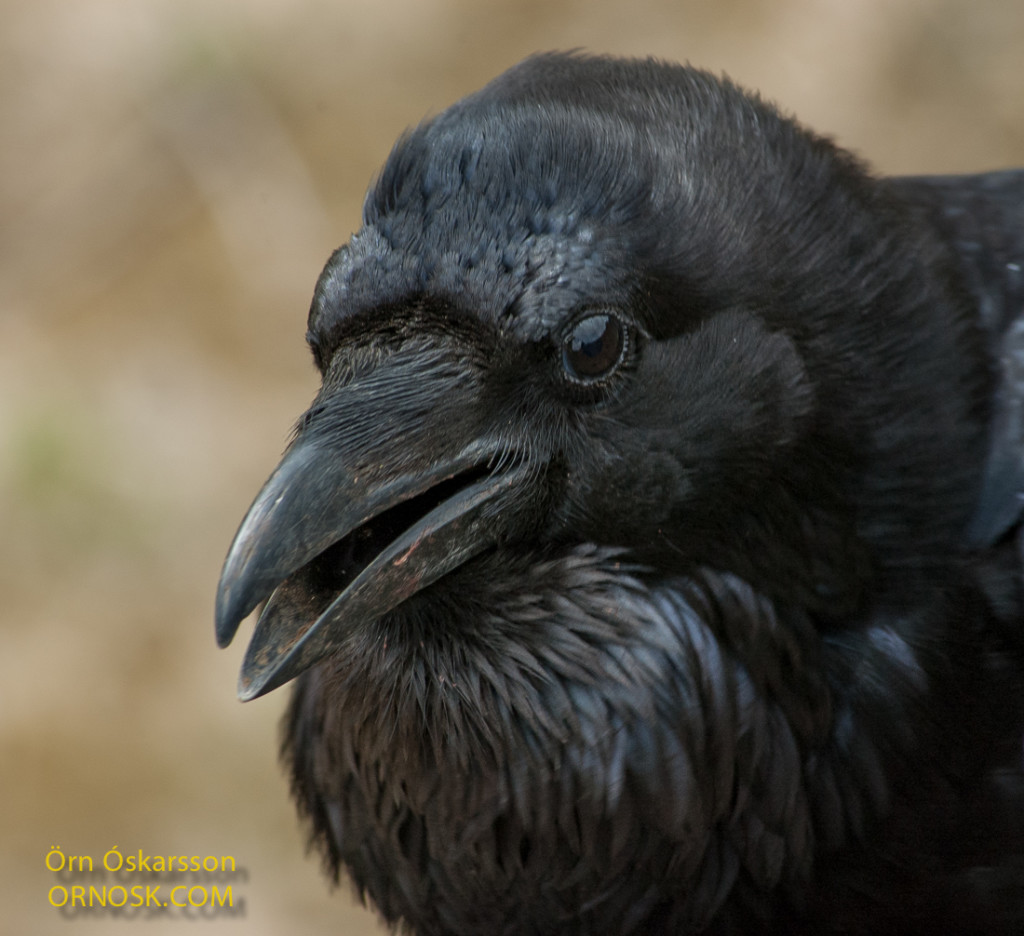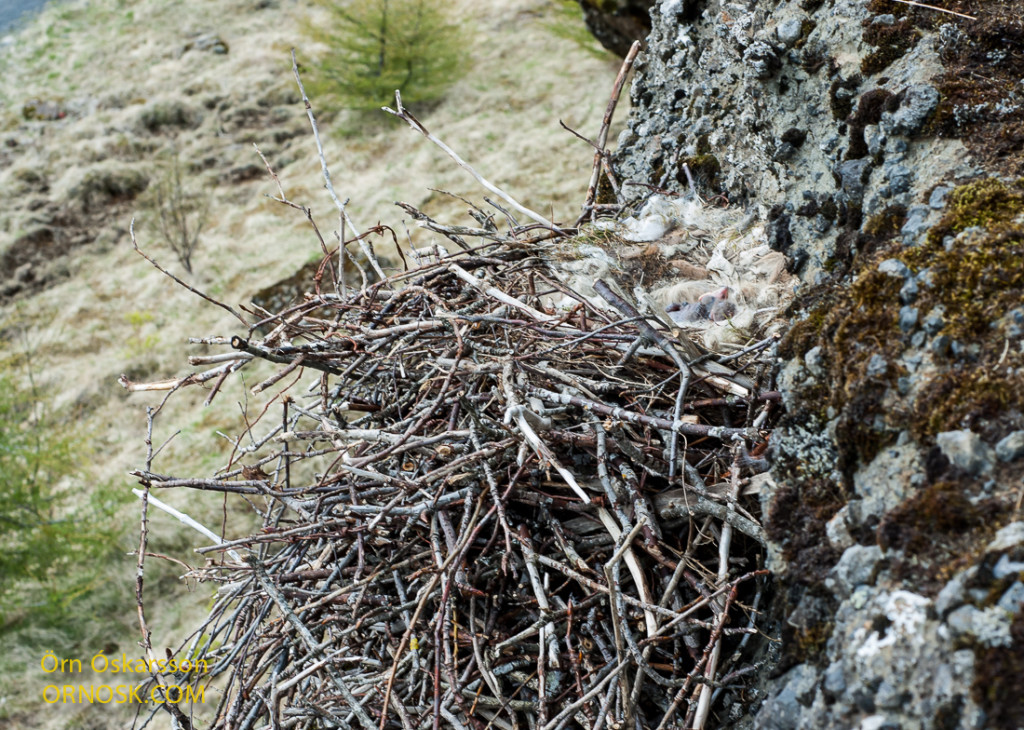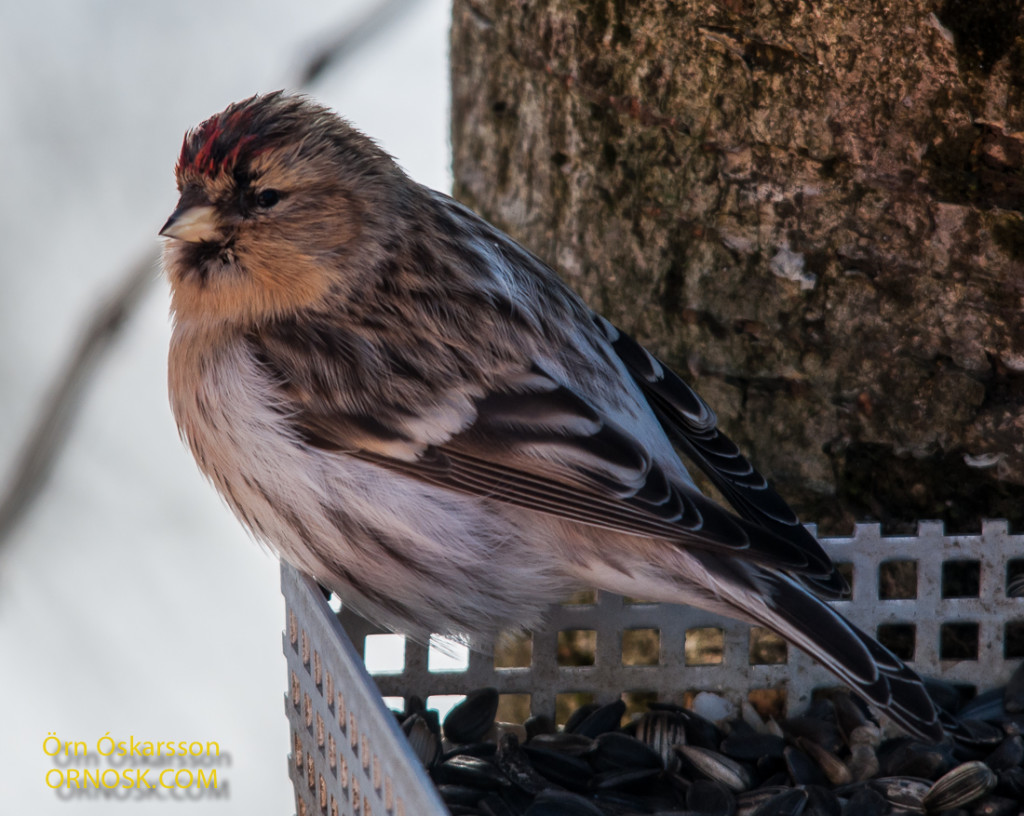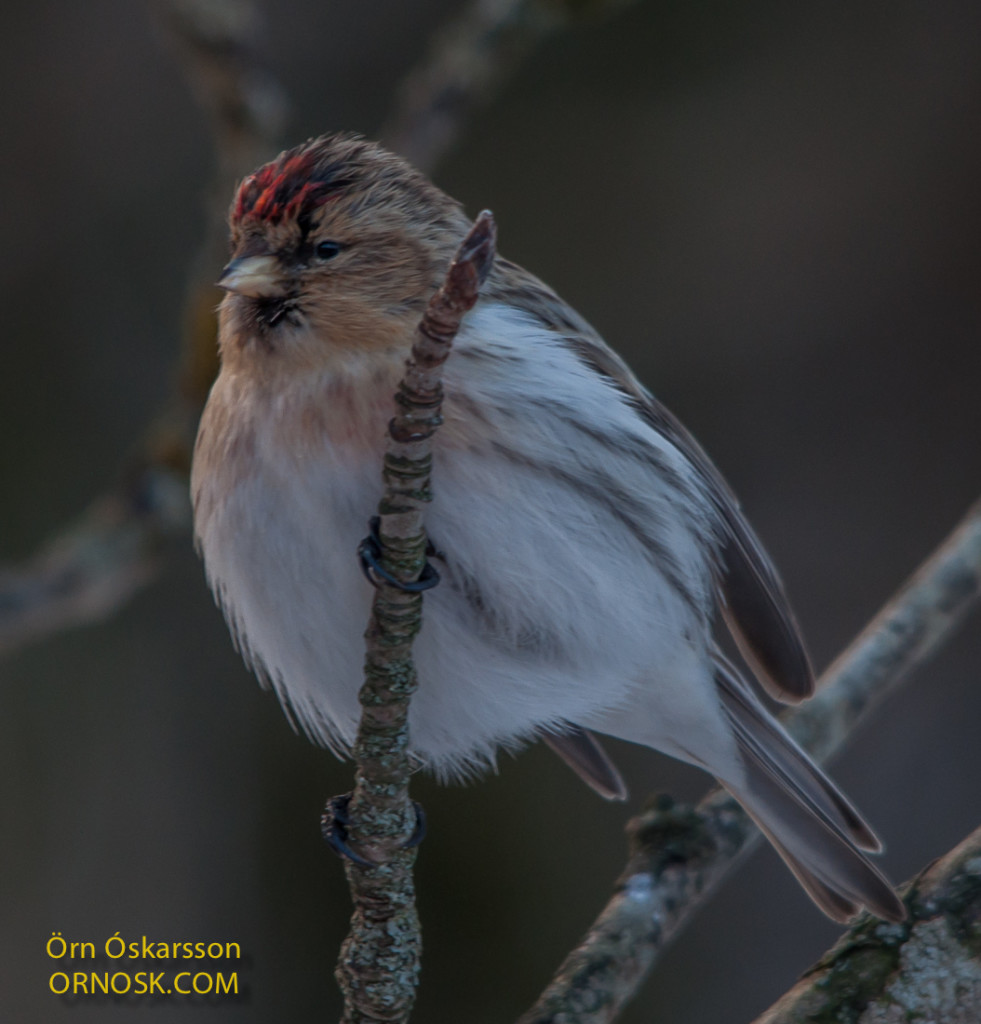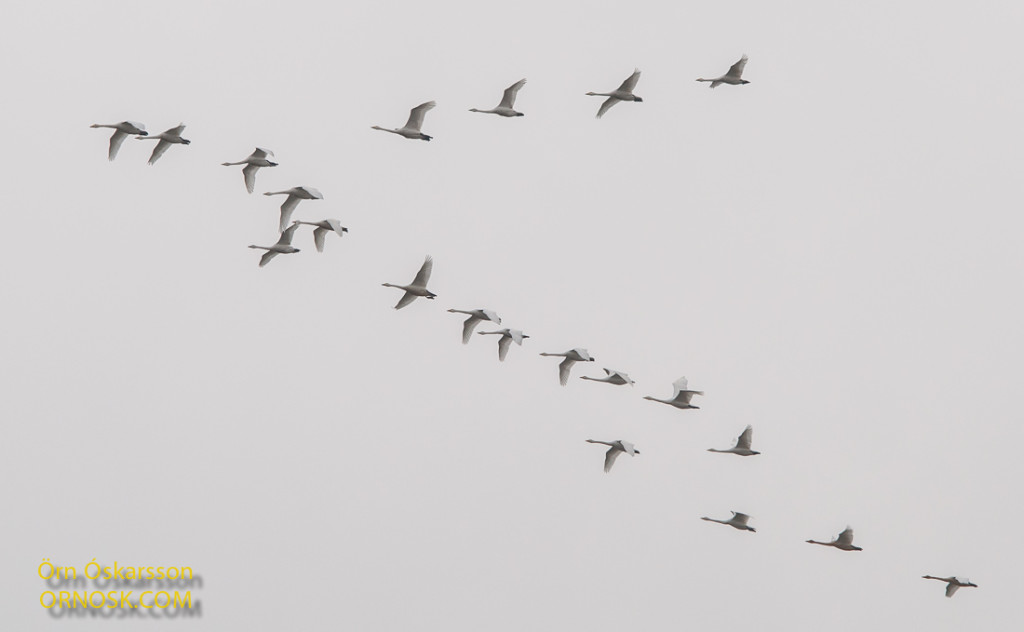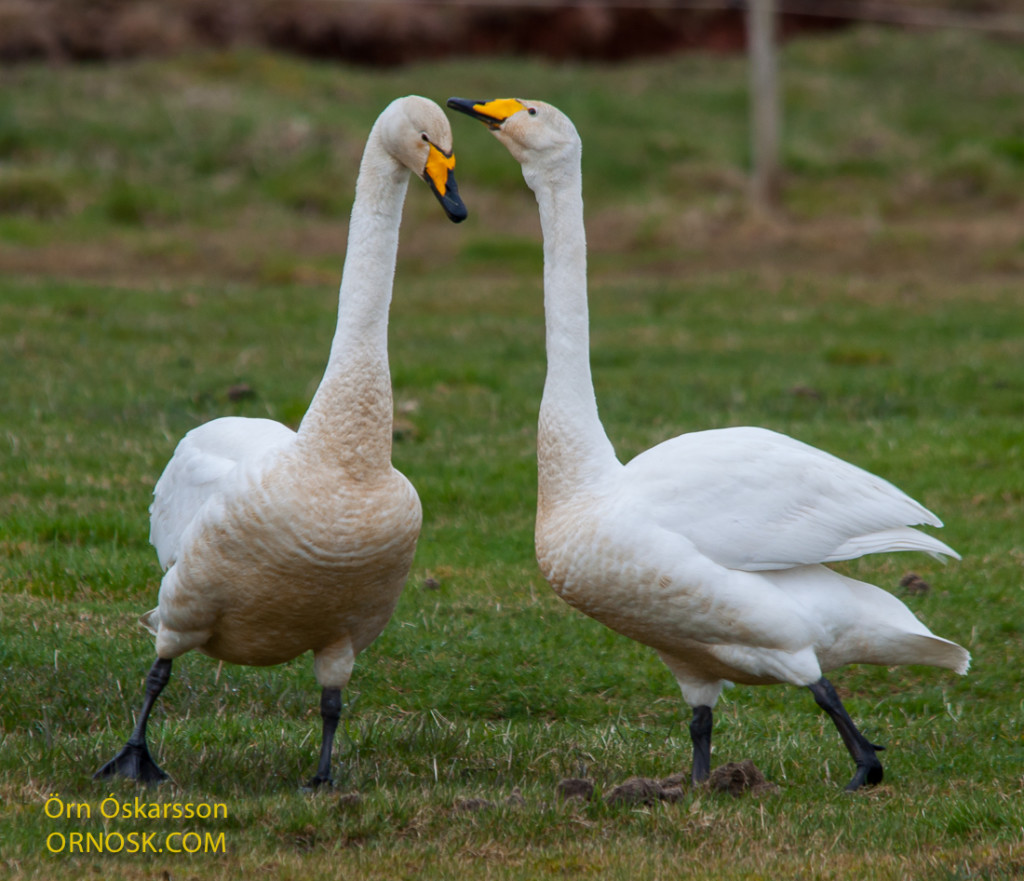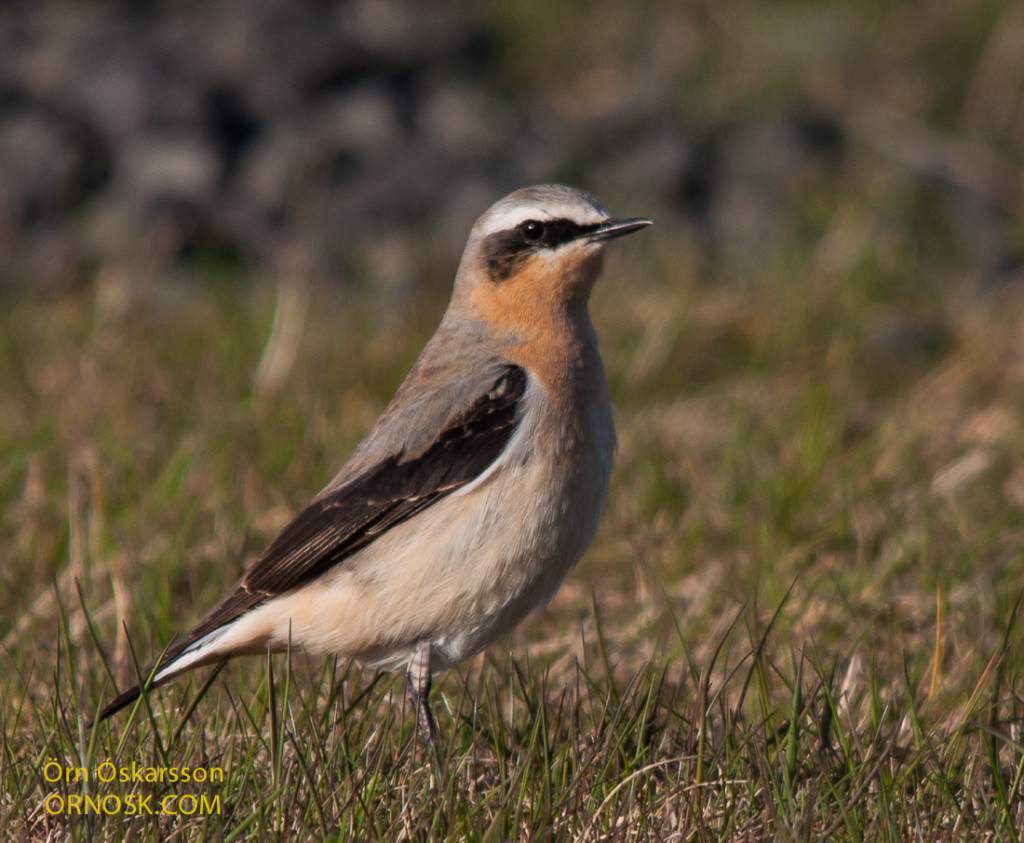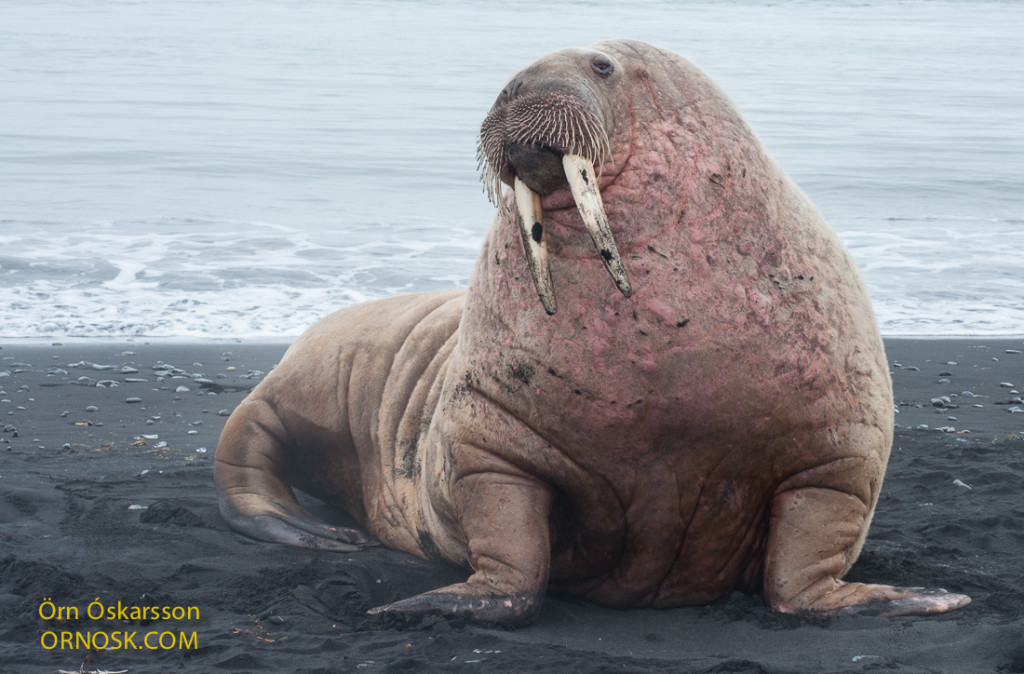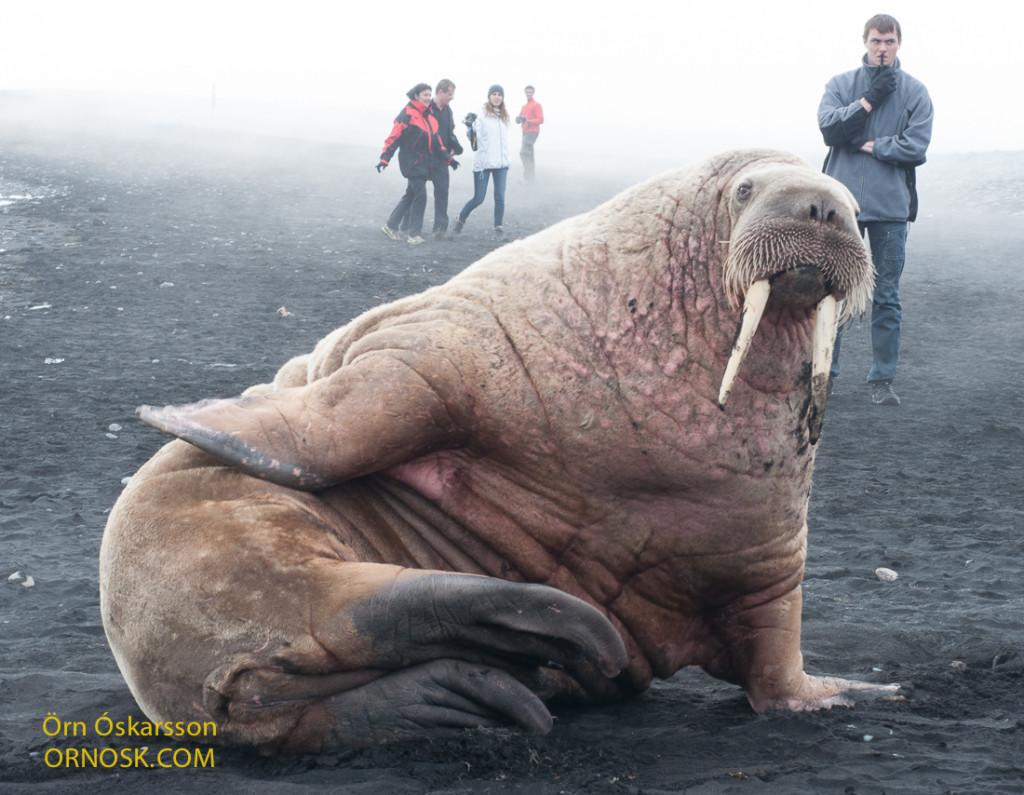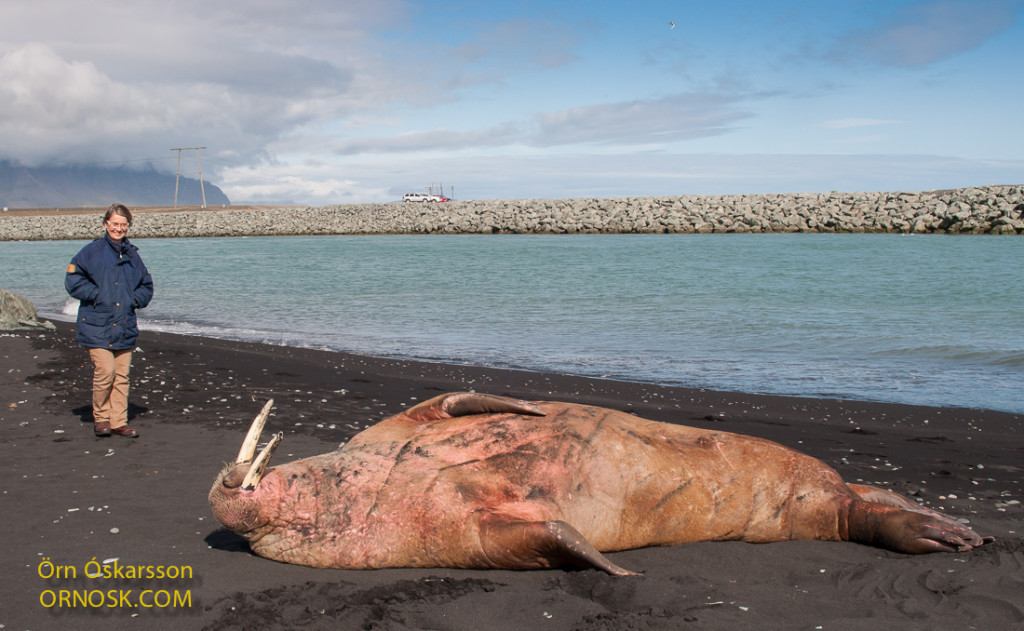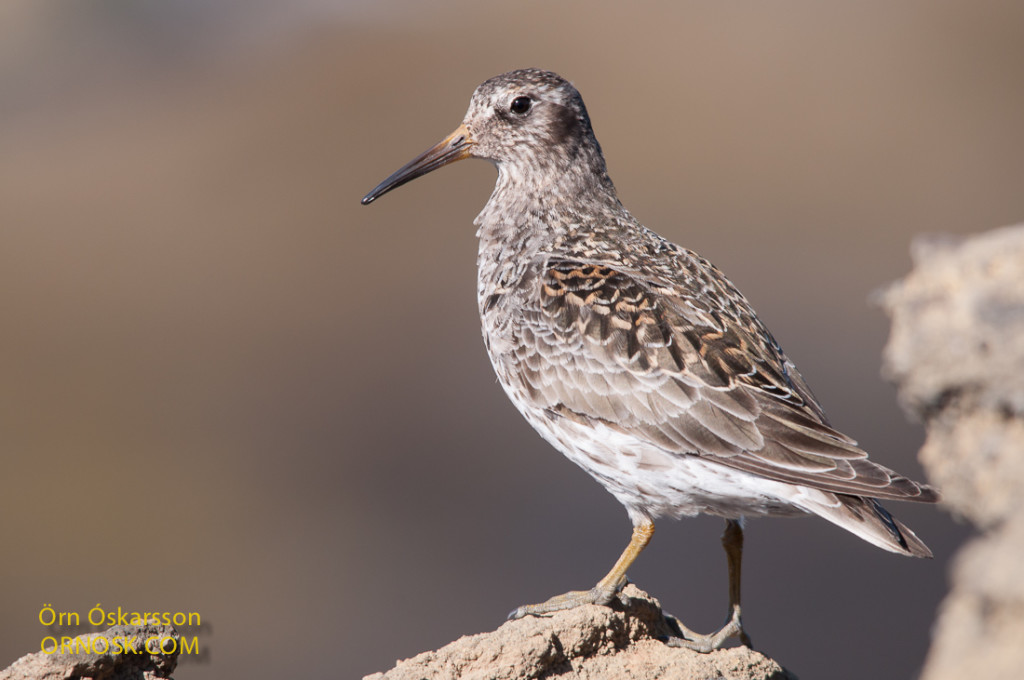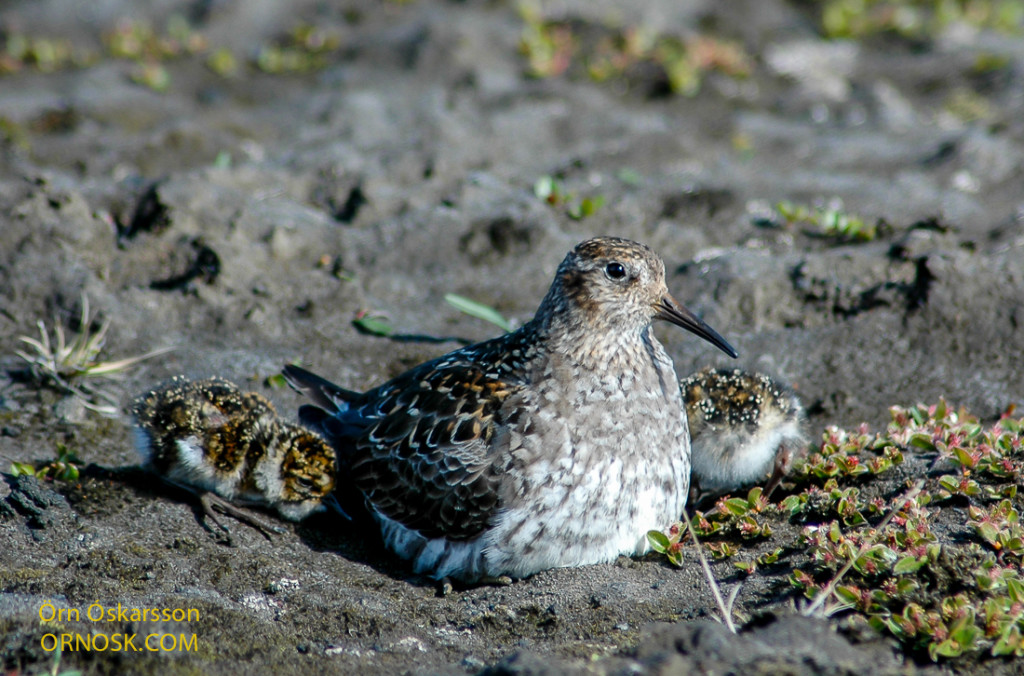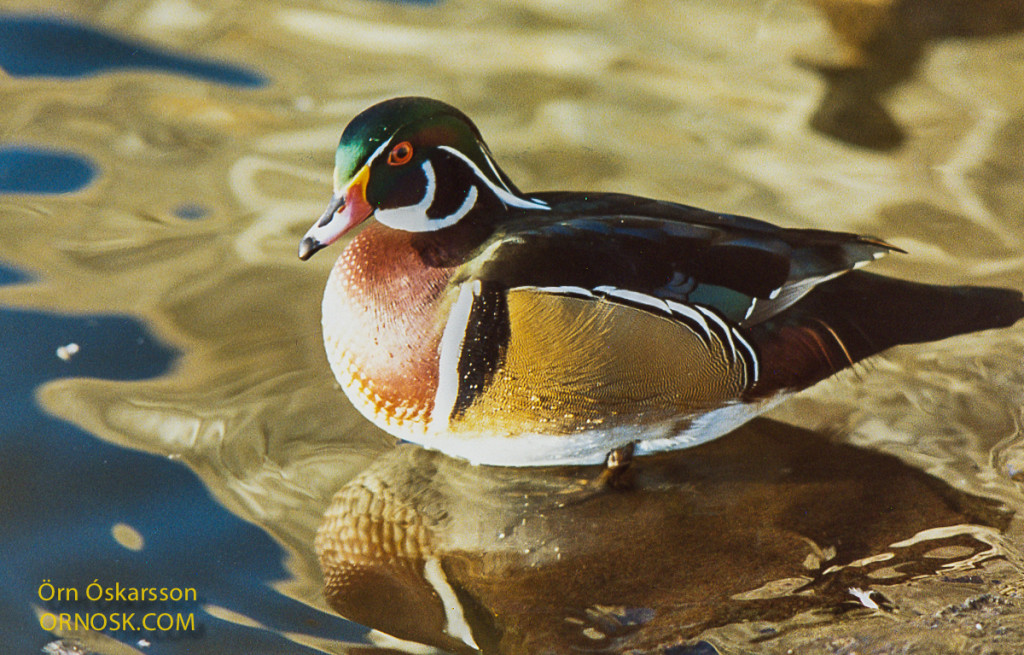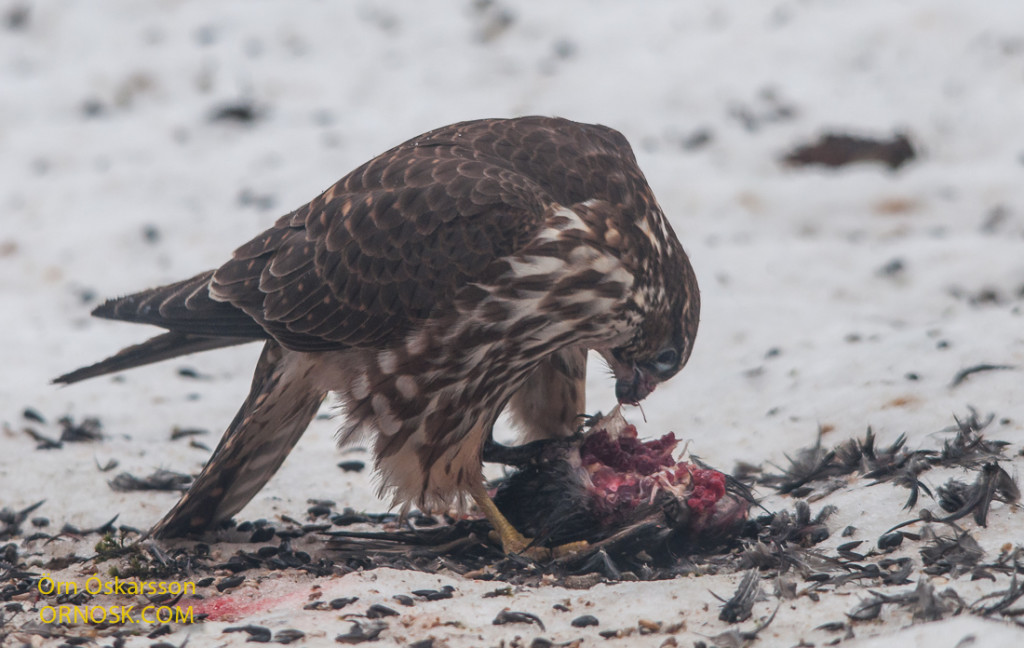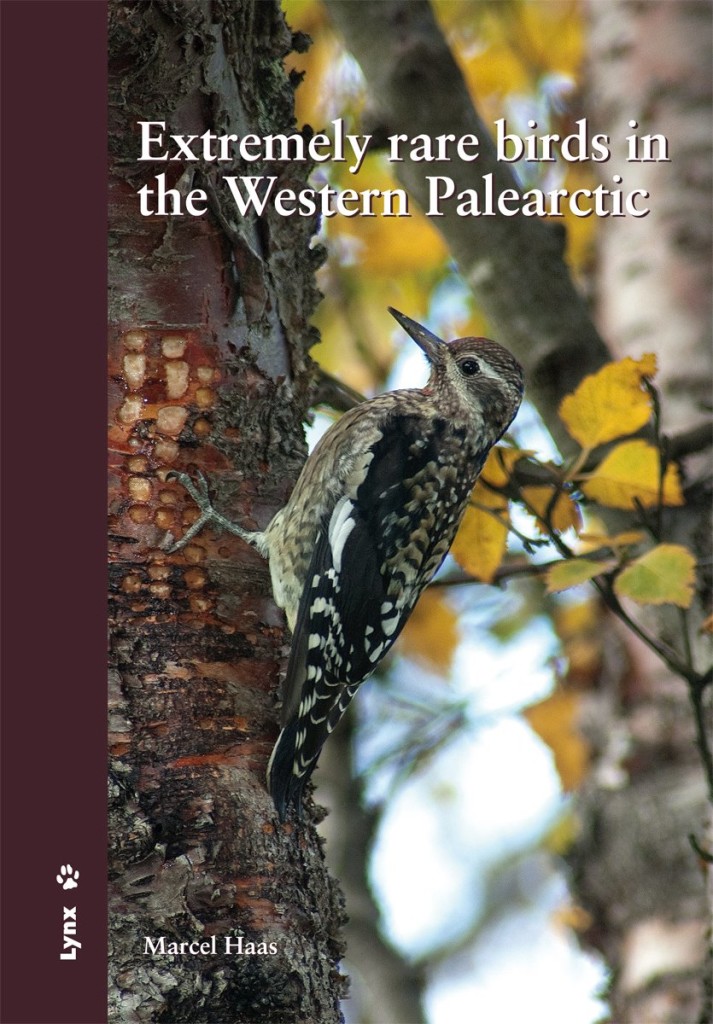
The cover photo of this book is by Örn Óskarsson/ORNOSK. This is the Yellow-Bellied Sapsuckers which has only been spotted twice in Iceland. Photo taken in Selfoss, see blog.
The book is for sale on Amazon.com
This book describes in detail the 155 species of extremely rare birds that have occurred in Europe, North Africa and the Middle East. All species that have occurred less than 10 times have been included. The records are listed with full details and references to books and articles, and include a photograph of the actual individual, if available. Some of these images are published in this book for the first time. The book on Amazon.com
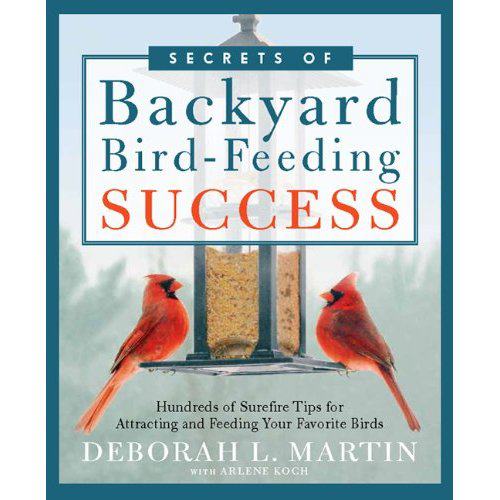
There is a photo in this book by Örn Óskarsson /ORNOSK. It’s page 206, Common Crossbill/Red Crossbill.
The book is for sale on Amazon.com
Discover the joys of attracting winged wonders to your backyard. From seeds and suet to the best bird-attracting plants and other bird-friendly fare, you’ll find easy, practical, and low-cost ways to entice birds into stopping by regularly. You’ll learn the best tips and secrets from experienced birders, experts, and longtime backyard bird-feeders to welcome birds to every part of your yard and garden. The book on Amazon.com

